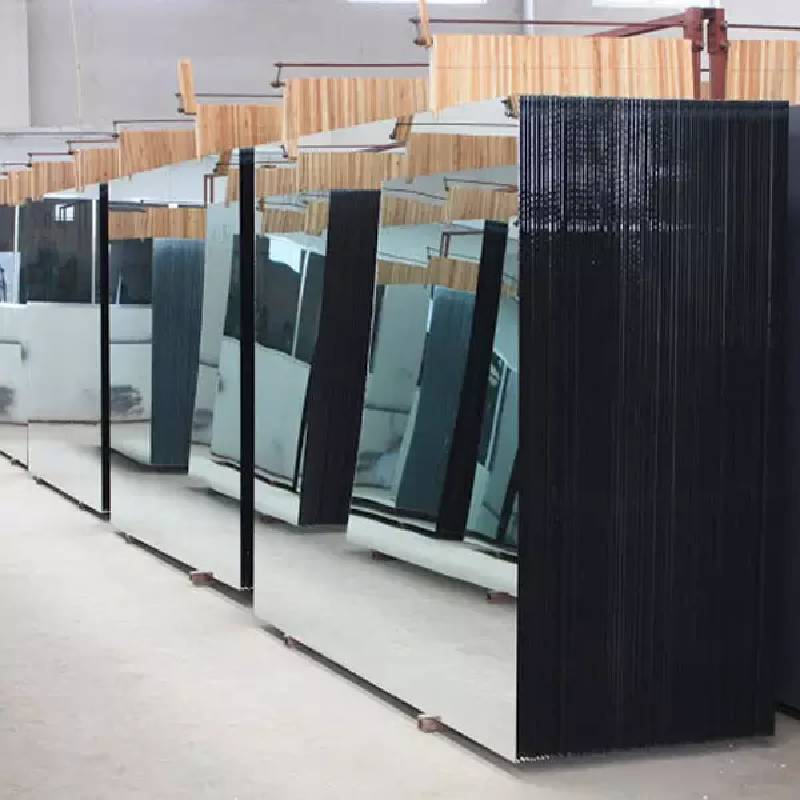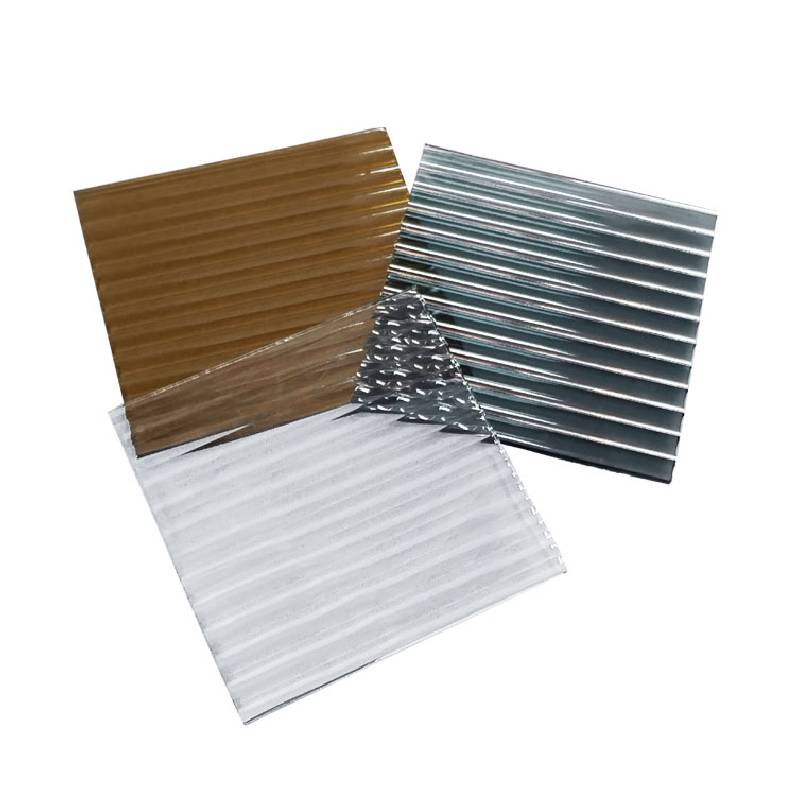Float glass is a fundamental component in various industries, offering diverse applications that cater to both aesthetic and functional needs. With its uniform thickness and superior optical clarity, float glass stands out as one of the most versatile types of glass available today. Understanding the different types of float glass and their respective applications can greatly enhance decision-making processes for architects, designers, and builders.

The standard float glass is widely recognized for its use in windows, mirrors, and glass facades. Its transparency and ability to be easily cut and shaped make it a staple in residential and commercial constructions. This type of glass is usually clear, allowing maximum light transmission while maintaining durability and resistance to environmental factors.
Tinted float glass is another variant that involves the addition of colorants during the manufacturing process. This type not only adds aesthetic value but also reduces solar heat gain, making it a popular choice for energy-efficient building designs. The palette ranges from shades like bronze and green to gray and blue, allowing designers flexibility in their color schemes to enhance the environmental performance of buildings.

Next, laminated float glass provides safety features that are essential in environments prone to high impacts or potential break-ins. By sandwiching a tough interlayer between two or more layers of float glass, laminated glass holds together when shattered, reducing the risk of injury from sharp glass shards. This protective feature makes it ideal for use in car windshields, storefronts, and skylights.
Tempered float glass, noted for its strength, undergoes a thermal treatment to increase its toughness. It is engineered to break into small, relatively harmless pieces when shattered, rather than large, jagged shards. This quality is critical in applications where human safety is a priority, such as in shower doors, glass doors, and as part of mobile device screens.
float glass types
Heat-reflective float glass, also known as coated or reflective glass, includes a special metallic coating designed to reflect heat while allowing natural light to pass through. This characteristic makes it an efficient choice for reducing energy costs associated with cooling buildings in climates with high solar exposure, improving energy efficiency without compromising daylighting.
Another innovative type is self-cleaning float glass, which features a special coating that reacts with sunlight to break down and loosen dirt, which is then easily washed away by rain. This glass is particularly advantageous in hard-to-reach installations, such as high-rise buildings, reducing maintenance efforts and costs.
Finally,
ultra-clear low-iron float glass takes transparency to the next level. By reducing the iron content traditionally found in glass, this type achieves maximum clarity and an almost colorless appearance. It is highly sought after for display cases, aquariums, and anywhere true color representation and minimal distortion are crucial.
In navigating the various float glass types, it's essential to weigh factors like safety, thermal performance, aesthetics, and maintenance. As innovations continue to broaden the capabilities and applications of float glass, leveraging these materials strategically can offer significant advantages in both residential and commercial projects. Whether considering sustainability or design elegance, float glass remains an indispensable resource in modern construction and design, blending tradition with advanced technology to meet contemporary demands.
 Afrikaans
Afrikaans  Albanian
Albanian  Amharic
Amharic  Arabic
Arabic  Armenian
Armenian  Azerbaijani
Azerbaijani  Basque
Basque  Belarusian
Belarusian  Bengali
Bengali  Bosnian
Bosnian  Bulgarian
Bulgarian  Catalan
Catalan  Cebuano
Cebuano  Corsican
Corsican  Croatian
Croatian  Czech
Czech  Danish
Danish  Dutch
Dutch  English
English  Esperanto
Esperanto  Estonian
Estonian  Finnish
Finnish  French
French  Frisian
Frisian  Galician
Galician  Georgian
Georgian  German
German  Greek
Greek  Gujarati
Gujarati  Haitian Creole
Haitian Creole  hausa
hausa  hawaiian
hawaiian  Hebrew
Hebrew  Hindi
Hindi  Miao
Miao  Hungarian
Hungarian  Icelandic
Icelandic  igbo
igbo  Indonesian
Indonesian  irish
irish  Italian
Italian  Japanese
Japanese  Javanese
Javanese  Kannada
Kannada  kazakh
kazakh  Khmer
Khmer  Rwandese
Rwandese  Korean
Korean  Kurdish
Kurdish  Kyrgyz
Kyrgyz  Lao
Lao  Latin
Latin  Latvian
Latvian  Lithuanian
Lithuanian  Luxembourgish
Luxembourgish  Macedonian
Macedonian  Malgashi
Malgashi  Malay
Malay  Malayalam
Malayalam  Maltese
Maltese  Maori
Maori  Marathi
Marathi  Mongolian
Mongolian  Myanmar
Myanmar  Nepali
Nepali  Norwegian
Norwegian  Norwegian
Norwegian  Occitan
Occitan  Pashto
Pashto  Persian
Persian  Polish
Polish  Portuguese
Portuguese  Punjabi
Punjabi  Romanian
Romanian  Russian
Russian  Samoan
Samoan  Scottish Gaelic
Scottish Gaelic  Serbian
Serbian  Sesotho
Sesotho  Shona
Shona  Sindhi
Sindhi  Sinhala
Sinhala  Slovak
Slovak  Slovenian
Slovenian  Somali
Somali  Spanish
Spanish  Sundanese
Sundanese  Swahili
Swahili  Swedish
Swedish  Tagalog
Tagalog  Tajik
Tajik  Tamil
Tamil  Tatar
Tatar  Telugu
Telugu  Thai
Thai  Turkish
Turkish  Turkmen
Turkmen  Ukrainian
Ukrainian  Urdu
Urdu  Uighur
Uighur  Uzbek
Uzbek  Vietnamese
Vietnamese  Welsh
Welsh  Bantu
Bantu  Yiddish
Yiddish  Yoruba
Yoruba  Zulu
Zulu 


